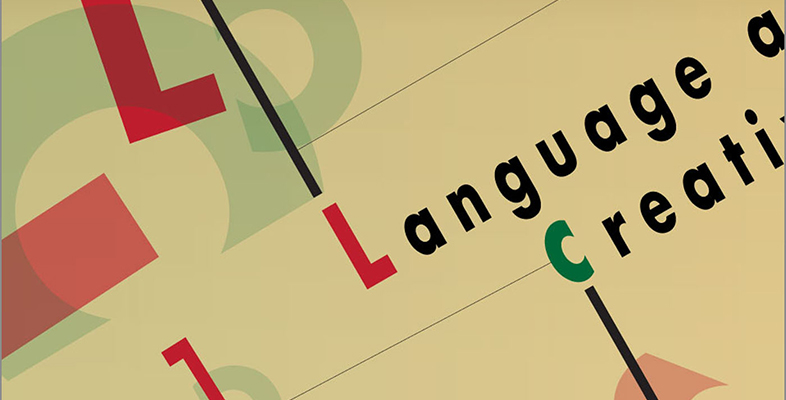2.1 Creativity as ‘novel, high quality and appropriate’
How does this definition work with what we looked at in Section 1?
Activity 2
Look back at the six examples in Figure 1 in Activity 1. Does the Kaufman and Sternberg definition – ‘novel, high quality and appropriate’ – apply to the examples that you classed as creative? Are the three aspects of this definition easy to apply to these examples?
Discussion
You might have different views on this, but I can see novelty in the language of Atonement (example 1) and in the shape of the poem (example 6), but I find it harder to decide whether the joke (example 2), the graffiti (example 4) and the cartoon (example 5) are new – I don’t feel I know enough. The issue of quality is even fuzzier: I personally think that example 1 is good writing and I don’t particularly think that the joke (example 2) is a very good one. Yet the joke was classed as one of the UK’s top jokes by the Daily Mail (a British tabloid newspaper) in 2014, so clearly others disagree.
Who decides what is high quality and valuable? Appropriacy is also an interesting criterion: are the form and content of the poem (example 6) appropriate for poetry, for instance? When I presented this example to a class of students, they generally appreciated the interesting new form, but were unconvinced by the content, and actually came to the consensus that it didn’t qualify as poetry. So can we agree that it’s inappropriate and therefore not creative, or should we try to see whether it’s appropriate in a different way or in a different context?
Attempting to apply the Kaufman and Sternberg (2010) definition of creativity to a few linguistic examples still leaves quite a few questions unanswered. Generally speaking, examples of linguistic creativity that might satisfy the criteria of novelty, quality and appropriacy most easily tend to come from works of ‘literature’, such as example 1 (Atonement) in Figure 1. In fact, for some time the dominant view was that it was mostly the language of literature that could be creative. ‘Formalist’ scholars, for instance, believed that the language of literature was different from other uses of language, such as everyday conversation, and that it was possible to pinpoint what made the language of literature ‘literary’. ‘Literary’ and ‘creative’ in this sense could be considered synonymous. More recently, linguistic scholars, such as Tannen (1989), Crystal (1998), Cook (2000) and Carter (2004), have argued that the types of linguistic creativity (e.g. metaphor, neologism, repetition, puns) found in traditional literature are also abundant in everyday communication and worthy of academic study in that environment. At the same time, the relative natures of ‘novel’, ‘good’ and ‘appropriate’ suggest that the creativity of language will depend on context and the perspective from which one is ‘looking’. In fact, everyday uses of language can be creative in many more ways than just in specific lexical choices or patterns.
